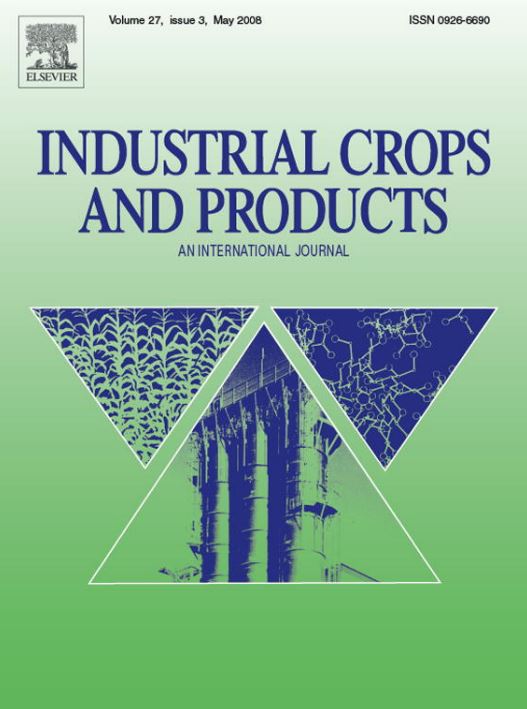Abstract
Photons during the dark period delay flowering in short-day plants (SDP). Red photons applied at night convert phytochromes to the active far-red absorbing form (Pfr), leading to inhibition of flowering. Far-red photons (greater than 700 nm) re-induce flowering when applied after a pulse of red photons during the dark period. However, far-red photons at sufficiently high intensity and duration delay flowering in sensitive species. Mechanistically, this response occurs because phytochrome-red (Pr) absorbance is not zero beyond 700 nm. We applied nighttime photons from near infrared (NIR) LEDs (peak 850 nm) over a 12 h dark period. Flowering was delayed in Glycine max and Cannabis sativa (two photosensitive species) by 3 and 12 days, respectively, as the flux of photons from NIR LEDs was increased up to 83 and 116 μmol m-2 s-1. This suggests that long wavelength photons from NIR LEDs can activate phytochromes (convert Pr to Pfr) and thus alter plant development.




